
Vueron Newsletter
No. 44
2023.09.01
| GM’s Cruise to deploy self-driving robotaxi fleet in Seattle | ||
| Hyundai Mobis Commences Development of Key Autonomous Driving Tech Based on 5G | ||
| Quanergy 3D LiDAR Security Solutions Safeguard Railroad Tunnels In One Of California’s Largest Cities | ||
| Polestone 01 SUV First with Hesai Solid-State Lidar |
1. GM’s Cruise to deploy self-driving robotaxi fleet in Seattle
-
- GM’s self-driving robotaxi unit, Cruise, plans to deploy a small fleet of autonomous cars in Seattle, Washington.
- Initially, these autonomous vehicles will have safety drivers on board.
- Cruise’s deployment will cover various neighborhoods in Seattle, including downtown, Capitol Hill, Queen Anne, Fremont, the University District, and West Seattle.
- Seattle’s terrain and inclement weather conditions make it an ideal testing ground for Cruise, presenting challenges and edge cases for their self-driving technology.
- Cruise is joining other self-driving companies like Zoox that are already operating in Seattle.
- Cruise is currently testing its autonomous vehicles in several other U.S. cities, including Charlotte, Atlanta, Miami, Nashville, Austin, and Phoenix.
- In San Francisco, Cruise has permission to operate a paid 24/7 robotaxi service.
- Cruise has faced criticism in San Francisco, with incidents involving robotaxis disrupting traffic, getting stuck on wet concrete, and being in collisions with other cars.
- Cruise highlights its safety record, with over 4 million driverless miles in complex urban environments without serious safety incidents.
- Cruise aims to work with regulators to improve safety and provide necessary data to enhance the efficiency and safety of their fleet.
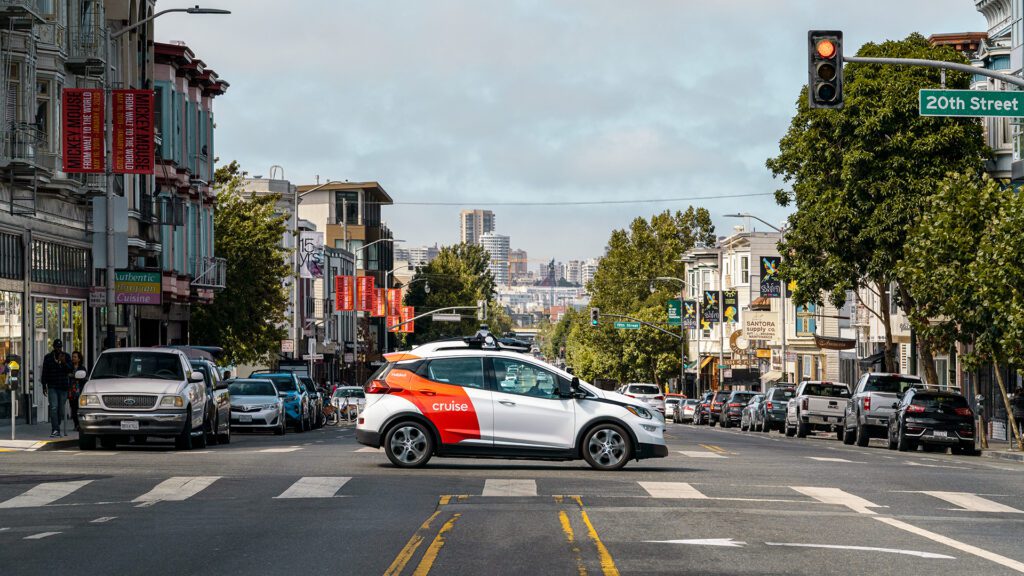
Cruise, a GM subsidiary, is expanding its self-driving robotaxi service to Seattle, a city known for its challenging terrain and inclement weather, providing an ideal environment to test autonomous vehicles. Cruise’s presence in Seattle adds to the growing number of companies testing and developing autonomous vehicles in various cities, indicating the continued progress and competition in the self-driving car industry.
2. Hyundai Mobis Commences Development of Key Autonomous Driving Tech Based on 5G
-
- Hyundai Mobis is collaborating with Autotalks, a leading V2X semiconductor design specialist, to develop a 5G-based Vehicle-to-Everything (V2X) integrated controller.
- Autotalks, recently acquired by Qualcomm, is known for its expertise in V2X semiconductor design, and Hyundai Motors had previously invested in Autotalks in 2018.
- The 5G-based V2X integrated controller differs from the current LTE or 4G technology, enabling high-capacity, real-time data exchange between vehicles and infrastructure. It’s considered a core technology for “Level 4 Autonomous Driving.”
- Level 4 Autonomous Driving involves vehicles independently assessing and controlling driving conditions, making high-speed data exchange with the environment crucial.
- Hyundai Mobis plans to commercialize this 5G-based V2X technology within the next 1-2 years.
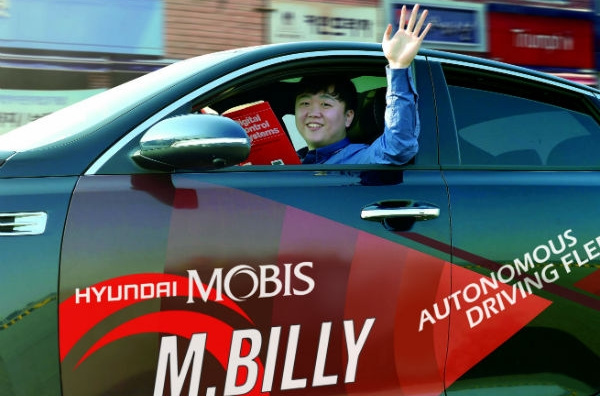
Hyundai Mobis is partnering with Autotalks, a specialist in V2X semiconductor design, to develop advanced communication technology for vehicles. This collaboration highlights the growing importance of V2X communication in the automotive industry. The focus on 5G-based V2X technology is significant because it enables real-time, high-capacity data exchange between vehicles and their surroundings. This is essential for achieving Level 4 Autonomous Driving, where vehicles must make independent decisions based on environmental data.
3. Inceptio Technology’s autonomous trucks achieve over 50-million-km safe operation distance
-
- Chinese autonomous driving solutions developer, Inceptio Technology, reported that its Inceptio Trucks equipped with NOA technology have driven over 50 million kilometers with zero accidents.
- These intelligent heavy-duty trucks have been in commercial operation since late 2021, covering national highways and gaining recognition for their safety, efficiency, labor savings, and fuel economy.
- Inceptio Technology has established partnerships with over a hundred cargo owners and carrier fleets, and the trucks have traveled on 340 major national highways across 7 core economic regions, completing nearly 50,000 autonomous trips.
- Over approximately 600 days of continuous intelligent driving commercial operations, autonomous driving accounted for over 90% of the total driving distance, delivering significant safety, labor, efficiency, and fuel-saving benefits to logistics customers.
- Inceptio Technology announced strategic partnerships and procurement agreements for 500 intelligent heavy-duty trucks with Dongfeng Commercial Vehicle and STO Express, as well as 200 trucks with China National Heavy Duty Truck Group (CNHTC) and ZTO Express.
- A strategic cooperation agreement was also established with Deppon Express.
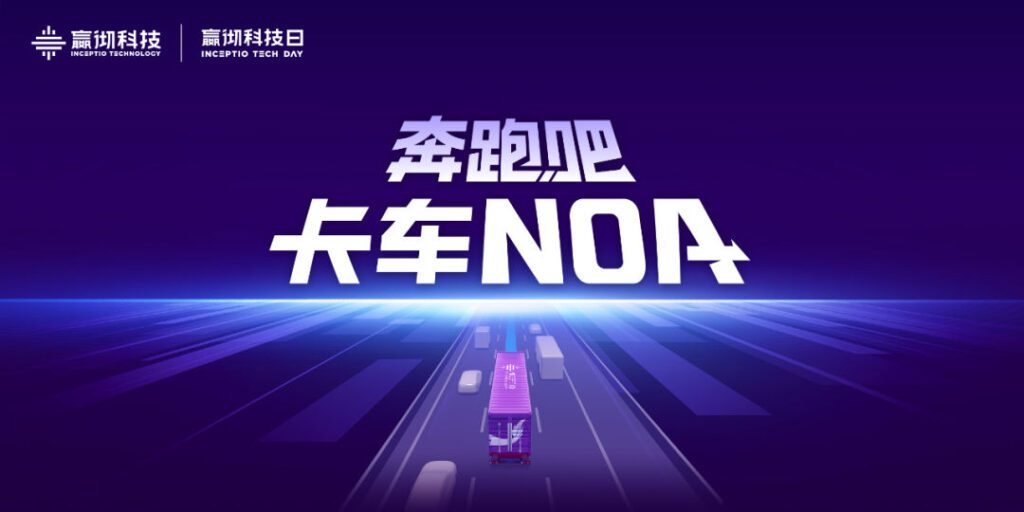
Inceptio Technology’s achievement of 50 million kilometers driven with zero accidents demonstrates significant progress in the safety and reliability of autonomous driving technology for commercial vehicles. This is crucial for building trust among logistics clients and the public.
4. Quanergy 3D LiDAR Security Solutions Safeguard Railroad Tunnels In One Of California’s Largest Cities
-
- Quanergy Solutions, a provider of 3D LiDAR security solutions, was selected by a large municipality in California, USA, to enhance pedestrian safety in its underground railways.
- The municipality faced issues with missed alarms and costly liability concerns in its underground railroad system due to complex terrain and challenging lighting conditions. Traditional video surveillance systems were ineffective.
- Quanergy deployed Q-track, an integrated solution combining long-range 3D LiDAR sensors with advanced perception software, to accurately detect and track individuals, especially those who trespassed onto dangerous railroad tracks.
- The solution significantly reduced false alarms, eliminating alarm fatigue and enabling operators to focus on real threats with hyper-accuracy, preventing injuries or fatalities.
- The city now reports 100% accurate detection of pedestrians on train tracks thanks to Quanergy’s solution.
- Quanergy’s LiDAR security solutions are deployed globally at critical infrastructure sites for various applications, including intrusion detection, server rack security, mobile security towers, access controls, rooftop security, and more.
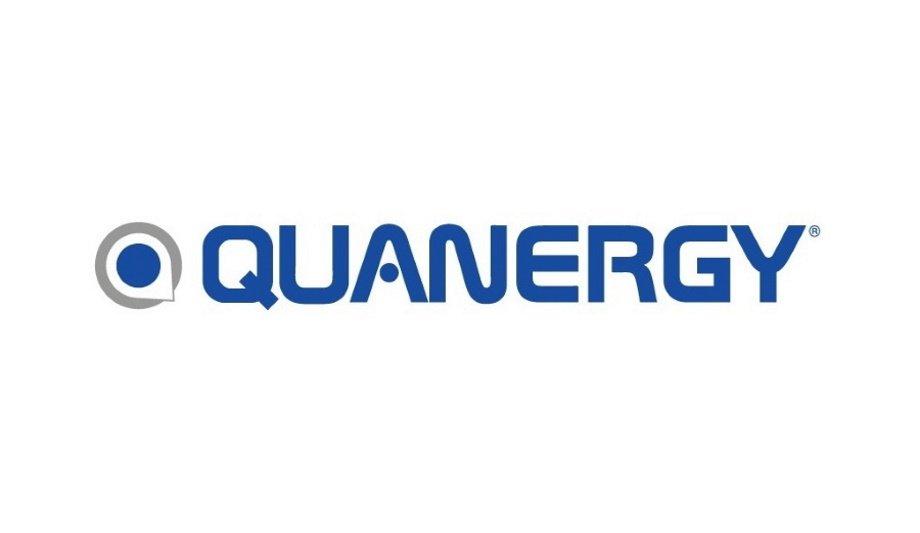
Quanergy’s use of 3D LiDAR technology highlights its effectiveness in enhancing safety and security in complex environments like underground railways. LiDAR’s ability to provide precise data in challenging lighting and terrain conditions makes it a valuable tool for safety applications.
5. Polestone 01 SUV First with Hesai Solid-State Lidar
-
- Polestone 01, a full-size electric sport-utility vehicle released in the Chinese market, is the first production vehicle to incorporate Hesai’s fully solid-state lidar modules.
- The SUV’s intelligent driving system includes a long-range lidar (AT128) and two blind-spot fully solid-state lidars (FT120), covering a horizontal field of view (FOV) of 280°, enabling high-resolution 3D perception.
- Polestone 01 is also the world’s first series-production vehicle to feature solid-state lidars.
- Designed as a family-size SUV for outdoor adventures, Polestone 01 combines a rugged exterior design with a comfortable driving experience suitable for various terrains.
- The vehicle’s intelligent driving functionality supports continuous updates, including Urban NOA (Navigate on Autopilot) and highway NOA.
- Hesai’s FT120 solid-state lidar is smaller and more reliable than traditional lidars, with an ultra-wide FOV of 100° (horizontal) × 75° (vertical), significantly reducing blind spots.
- The lidars enable the vehicle to detect objects even in complete darkness or challenging lighting conditions, enhancing safety.
- “Sentry Mode” uses lidars to monitor the vehicle’s surroundings when parked and alerts the driver to approaching individuals or animals.
- Lidars help the vehicle avoid obstacles, including those not easily detected by vision algorithms, and navigate through unknown terrains and complex road conditions.
- Polestone 01’s combination of short-range and long-range lidars has the potential to enhance advanced driver-assistance system (ADAS) functionalities and offer a smarter and safer driving experience.
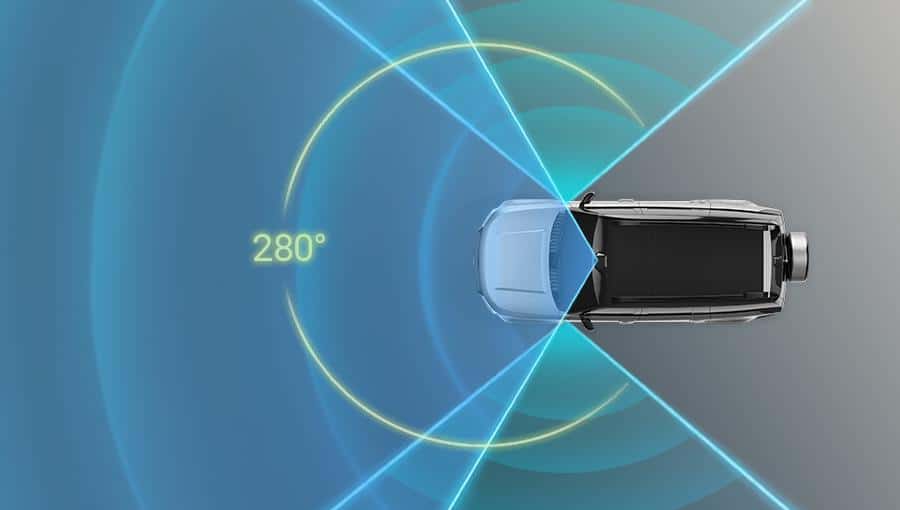
Polestone 01 is breaking ground by being the first production vehicle to incorporate fully solid-state lidar modules. This highlights the increasing importance of lidar technology in enhancing vehicle safety and autonomy.
*Contents above are the opinion of ChatGPT, not an individual nor company

